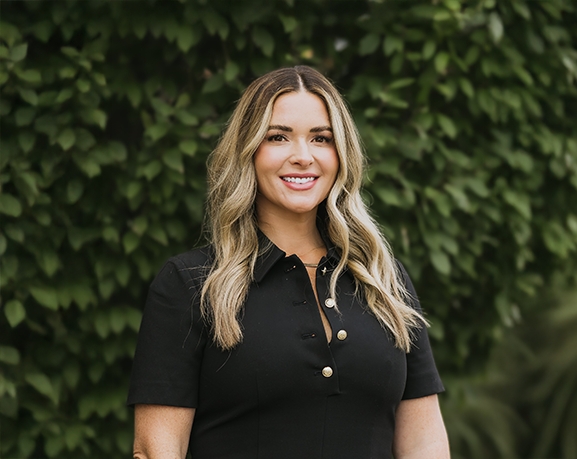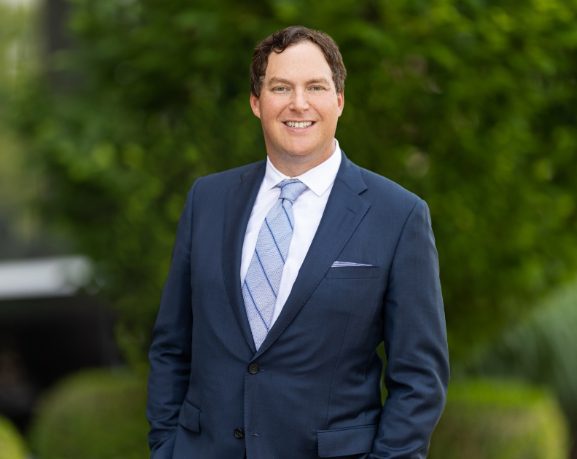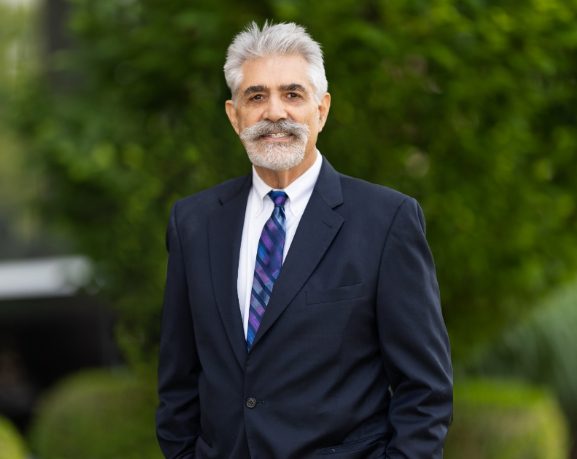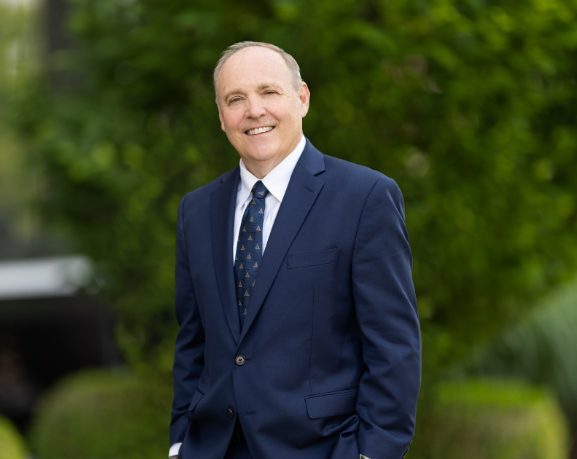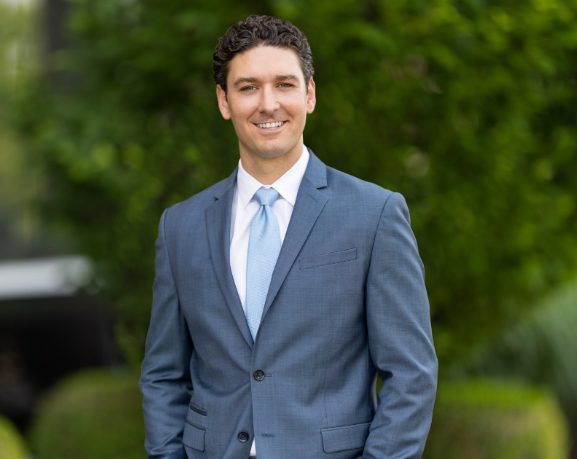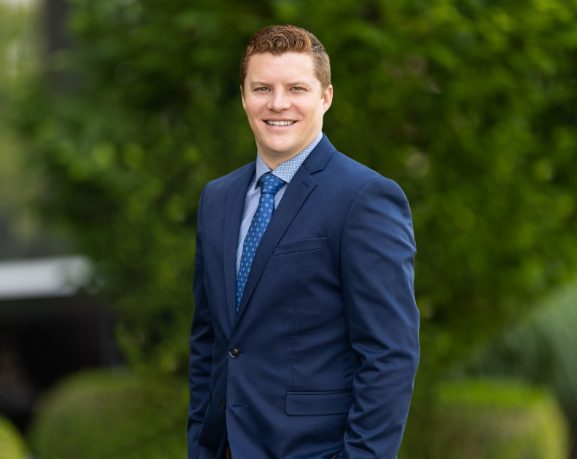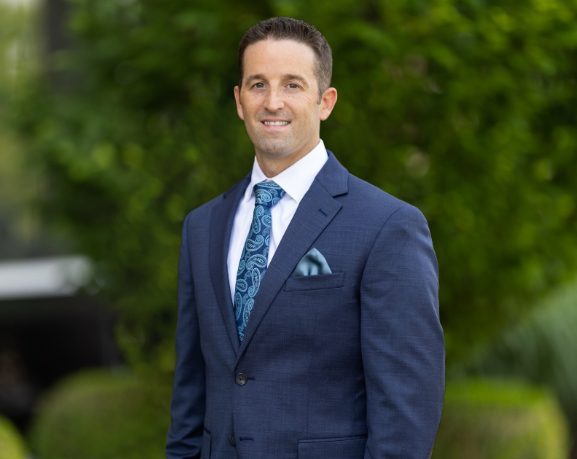 The conditions known as “cleft lip” and “cleft palate” occur when parts of the face don’t join properly during early pregnancy. In the womb, the face develops when separate areas come together, including the left and right sides of the mouth and lips. Occasionally, a separation occurs in the roof of the mouth and upper lip, creating what’s known as a cleft.
The conditions known as “cleft lip” and “cleft palate” occur when parts of the face don’t join properly during early pregnancy. In the womb, the face develops when separate areas come together, including the left and right sides of the mouth and lips. Occasionally, a separation occurs in the roof of the mouth and upper lip, creating what’s known as a cleft.
What Causes Cleft Lip and Palate?
Almost 4,500 babies are born with cleft lips annually in the United States, with or without a cleft palate. The causes of cleft lip and palate remain unknown in most infants. Some children develop the condition due to gene changes, while others are caused by environmental factors. Scientists speculate a combination of genes and environmental factors cause cleft lip and palate.
Research also shows that certain women have a relationship with their children developing cleft lip and cleft palate, including:
- Women who smoke during pregnancy
- Women who were diagnosed with diabetes prior to pregnancy
- Women who used certain medications during early pregnancy, including topiramate or valproic acid (for epilepsy)
Scientists and healthcare professionals continue to study cleft lip and cleft palate in the hopes that finding the source of the condition will lead to prevention and cure.
How Do Doctors Treat Cleft Lip and Cleft Palate?
Modern science and healthcare technology has taken great strides in the treatment of cleft lip and palate. Treatment varies depending on the severity and type of cleft the infant has as well as the child’s age and needs. The most common treatment for cleft lip and palate is surgery.
When a baby is born with cleft lip, it’s recommended that he or she undergoes corrective surgery within the first year of life. With a cleft palate, surgery should be done within the first 18 months of life or earlier. Unfortunately, cleft lip and palate repairs usually take more than one surgery as a child gets older. Surgical repair can improve a child’s breathing, speech development, and physical appearance of the face.
An oral surgeon will reposition segments of the upper jaw to repair a cleft of the gum. An orthodontist may reposition and straighten the teeth, while a plastic surgeon can perform aesthetic lip and palate corrections. Cleft lip and cleft palates often require many different types of surgery, but they ultimately allow most children with this condition to live happy and healthy lives.
The information and content on our website should not be used as a substitute for medical treatment or advice from your doctor.


